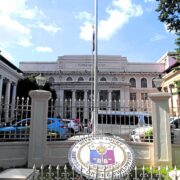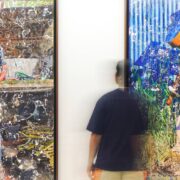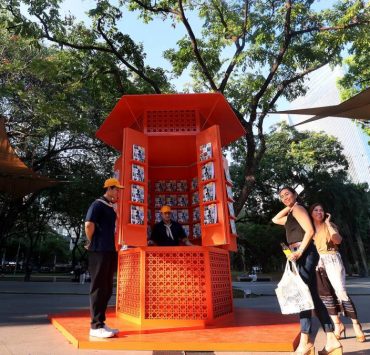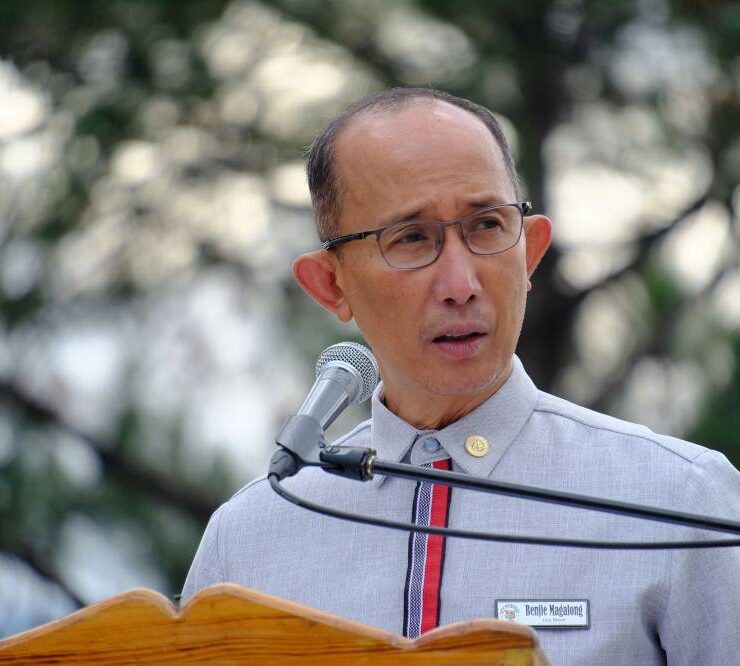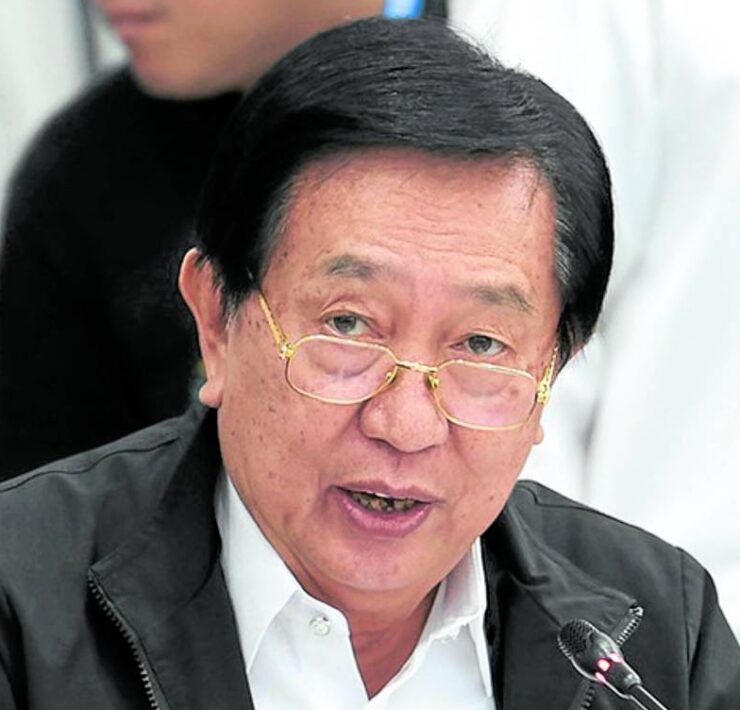To be seen in a sea of strangers
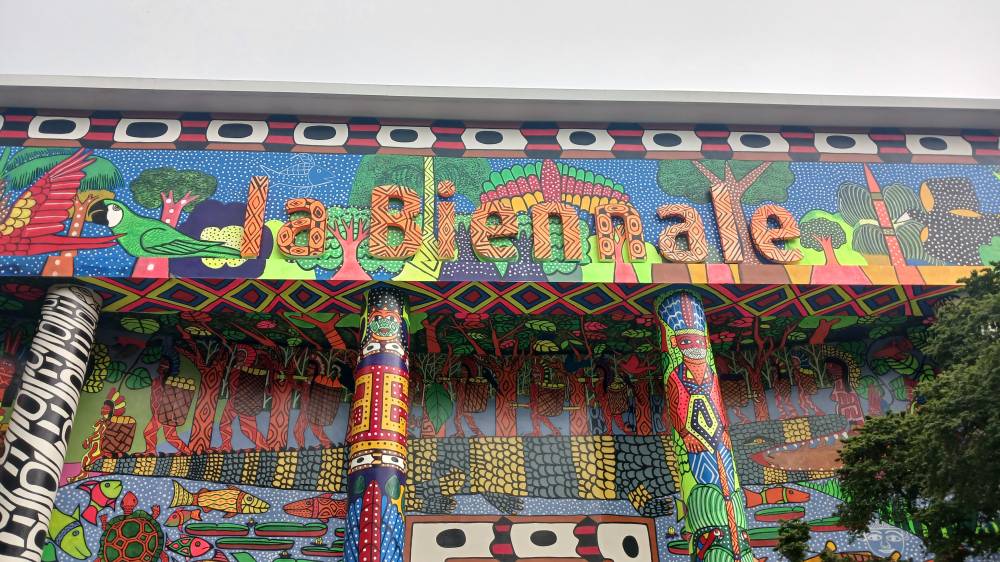

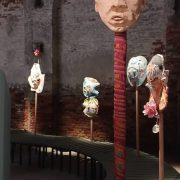
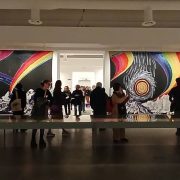
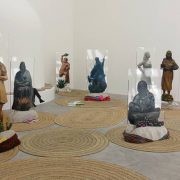 +14
+14 “Hello, kabayan!” a stylish stranger and his companion called out as they passed me on the graveled path leading to the Giardini Central Pavilion’s vibrant facade.
I flashed them an appreciative smile. Wherever we are, it would seem there are no strangers among Filipinos. And thanks—or no thanks—to the diaspora, we are bound to meet a kababayan practically anywhere in the world.
But unlike the ease with which we are able to spot fellow Pinoys in the wild, the same cannot exactly be said of Filipino art. Even at the Biennale Arte 2024, which gathers art from all over the globe within an area of a few thousand square meters, it was still a task locating the works of Filipino artists. But once found, they would not be ignored.
Titled “Stranieri Ovunque–Foreigners Everywhere,” the 60th International Art Exhibit curated by São Paulo Museum of Art artistic director Adriano Pedrosa speaks of how, wherever we go, there will always be foreigners, or that we will always be foreigners ourselves.
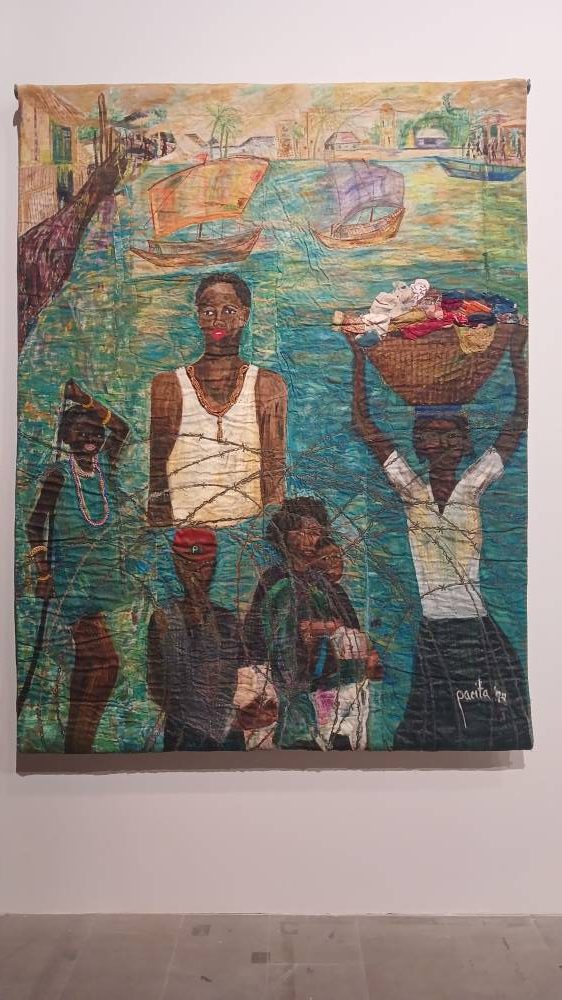
331 artists
While this seems contradictory to my initial observation (could being a Filipino be an exception, what with our apparent fluency in finding connections?), I feel that it also relates to the sense of wonder and newness of an ever-changing here and now. And that, with all the mysteries we have yet to discover within, we can all feel like foreigners—even to ourselves.
The exhibit celebrates differences, true, with the works of 331 artists of varying nationalities and backgrounds vying to establish identity (reestablish even, in the case of some nations and their bid for decolonization). But the artworks would likewise betray similarities not just in techniques or themes, but in perspective and purpose. Personally, it also feels like a quest to be seen, to be acknowledged, to matter.
This year, works of five Filipino artists—Pacita Abad, Anita Magsaysay-Ho, Nena Saguil, Maria Taniguchi and Joshua Serafin—took up space in Giardini and Arsenale.
Saguil’s geometric abstraction, Taniguchi’s massive monochromatic triptych, Magsaysay-Ho’s modernist self-reflection and Abad’s colorful examinations of migration graced for the first time the maze-like corridors that will bear the overwhelming volume of international art pieces for the next half-year.
Also joining the Venice Biennale for the first time, Serafin’s “VOID” makes for an exciting, powerful and incredibly mesmerizing performance.
On its ninth year since its return in 2015, the Philippine Pavilion in the Artiglierie in Arsenale features a collaboration between artist Mark Salvatus and curator Carlos Quijon Jr. that creates a hypnotic peek into the enigmatic Mt. Banahaw, regarded as a guardian in the artist’s home province of Quezon.
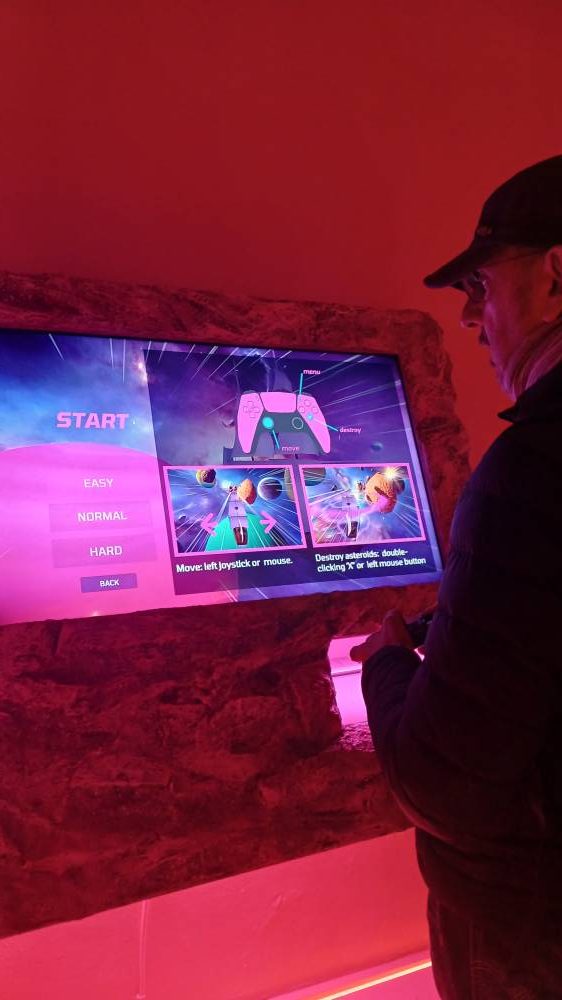
Double take
“Sa Kabila ng Tabing Lamang sa Panahong Ito” (Waiting Just Behind the Curtain of This Stage) lures visitors into exploring the space through its subtle use of winding gauzy drapery that offers mysterious glimpses of light and figures beyond. The video installation showing various facets of Mt. Banahaw and the scattered islands of boulders serving as speakers that let out various disembodied sounds—a sutsot, a cough, the rolling of thunder, the trilling of birds, the mewling of a cat—pull the listener’s attention across the generous space, which is twice that of its nearest neighbors.
It can be difficult to visit all 87 national pavilions participating in this year’s Venice Biennale, especially with the long lines that tend to form outside the more popular and/or accessible ones. But for Filipinos, I recommend sticking it out to get into the Spain Pavilion. Sandra Gamarra Heshiki’s “Pinacoteca Migrante/Migrant Art Gallery” feels like an acknowledgment of the silenced past. The first immigrant to represent Spain in the prestigious exhibition, Heshiki exposes the country’s role in plundering the earth and cultures.
The “Migrant Garden” stops you in your tracks. And if it doesn’t, I guarantee it warrants a double take. The bright room houses monuments to voices once lost, stories previously suppressed, and long-ignored indigenous heroes who took part in the resistance against the notorious colonizer.
Standing tall among the figures is a familiar form, the Philippine’s first national hero. I got full-body goosebumps seeing Lapu-Lapu on Spanish land. Tears sprung unbidden as I read the words written on his back, words that we could still do well to remember as a nation: “Tayo ay mga pulong bahagi ng isang kapuluan: bawat isa ay natatangi, ngunit sa sandaling masisid mo ang kalaliman ng dagat, makikita mong lahat tayo ay magkaka-ugnay. (We are islands in an archipelago: each island is unique, but if you go deeper into the waters, you will find that we are all connected.)” INQ
The Biennale Arte 2024 will run until Nov. 24, and is closed most Mondays. For tickets and more information, visit labiennale.org.





